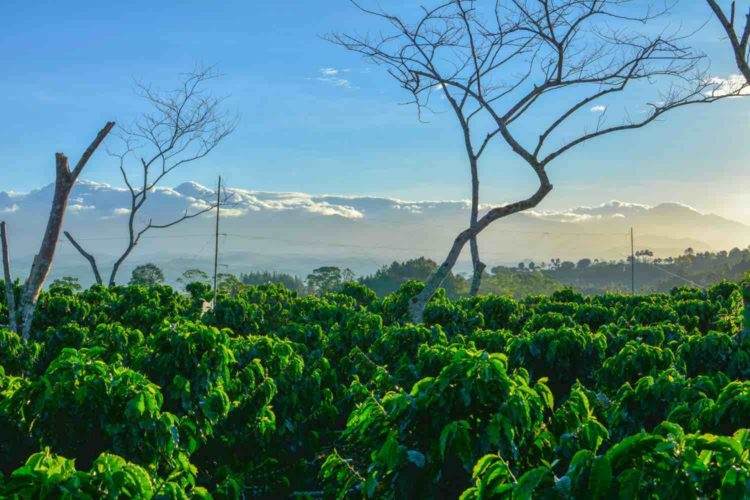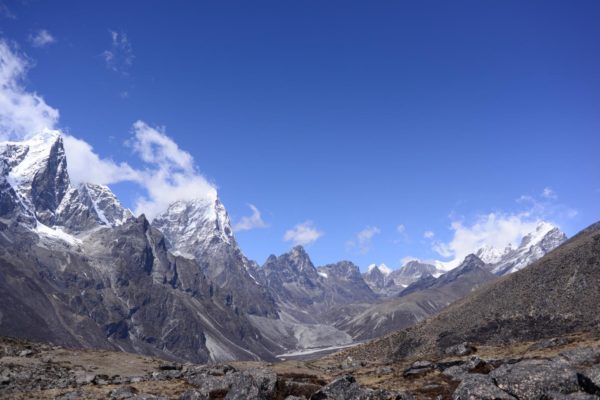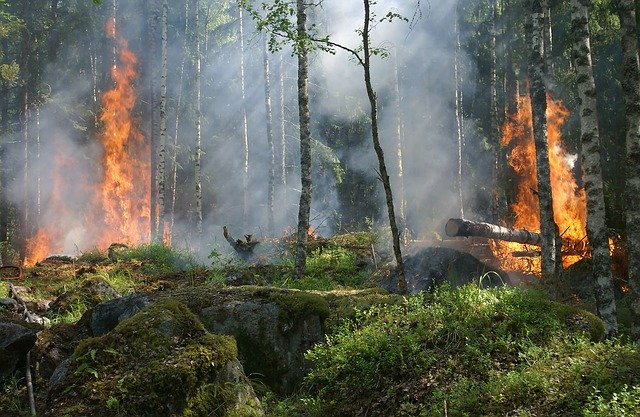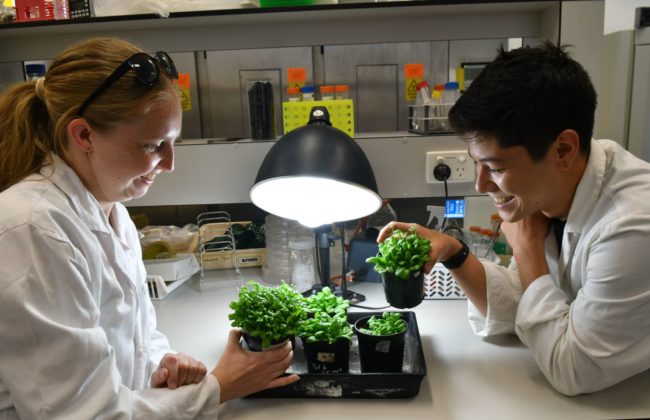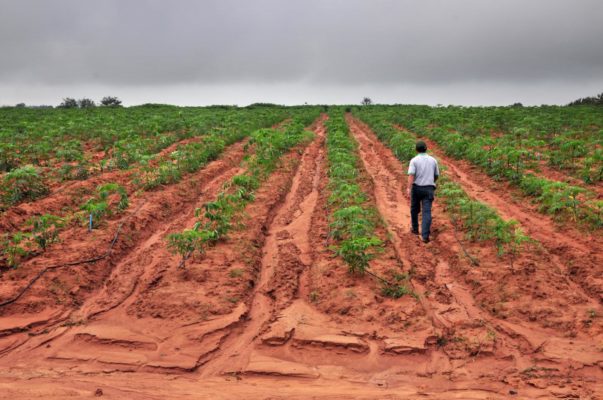
Valued at dining room tables and factory floors alike, cassava is worth about $10 billion in Asia. The continued growth of the commodity faces challenges from climate change, land degradation and limited investment in crop improvement and disease.
Read More


